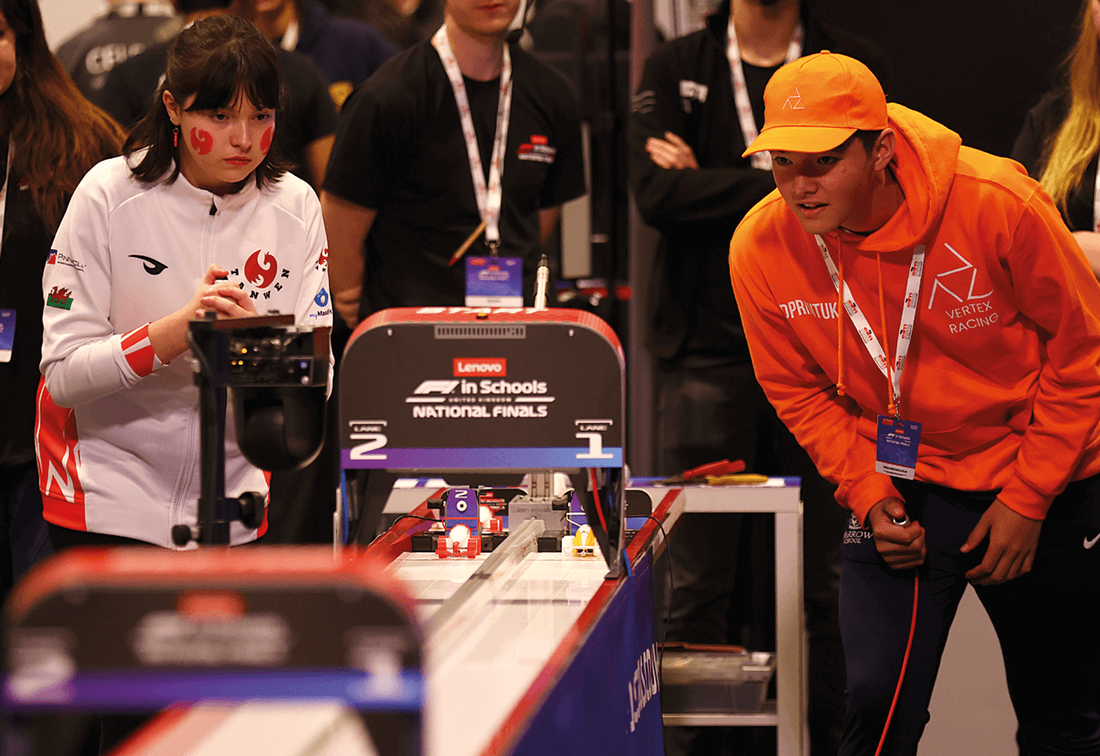
F1 in schools is not just a matter of designing the car, its much more complicated and involves great amounts or skill and effort.
In F1 in Schools, marketing and branding are just as important as engineering and design. A strong marketing strategy helps teams promote their identity, attract sponsorships, and communicate their values to judges and the public.
Branding allows teams to create a unique and professional image through consistent visuals such as logos, colors, uniforms, and team names. This identity makes the team stand out and shows creativity, attention to detail, and professionalism.
Marketing also involves managing social media, building a strong online presence, and creating promotional materials like portfolios and videos. All of this helps teams connect with sponsors, gain support, and present themselves as real professionals. In a competition where presentation is key, marketing and branding can make a big difference in how a team is perceived and how successful they are overall.
The racing part of F1 in Schools is one of the most exciting stages of the competition. Teams launch their miniature F1 cars down a 20-meter track using a CO₂ cartridge that provides a powerful burst of speed. The goal is to complete the race in the shortest possible time while keeping the car stable and aerodynamic. Precision in design, alignment of the wheels, and weight distribution all affect performance during the race.
Along with the main race, there’s also the reaction time challenge, which tests how fast the team members can react to the start signal. This challenge simulates the pressure real F1 drivers feel at the start of a race. When the light goes off, the participant must press a button as quickly as possible to launch the car. The system records their reaction time in milliseconds. A fast reaction can give the team an advantage, especially in head-to-head races..